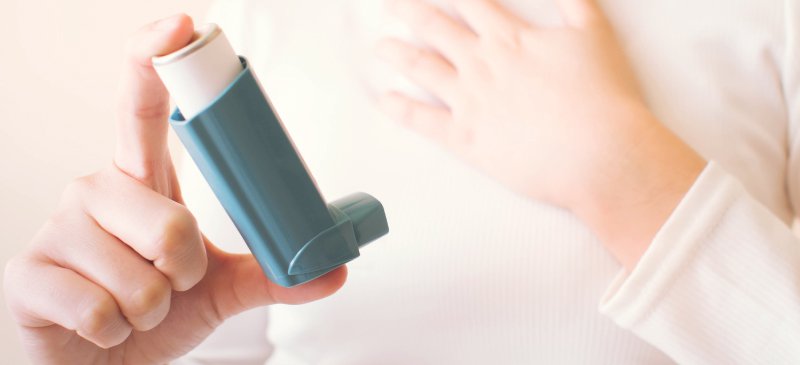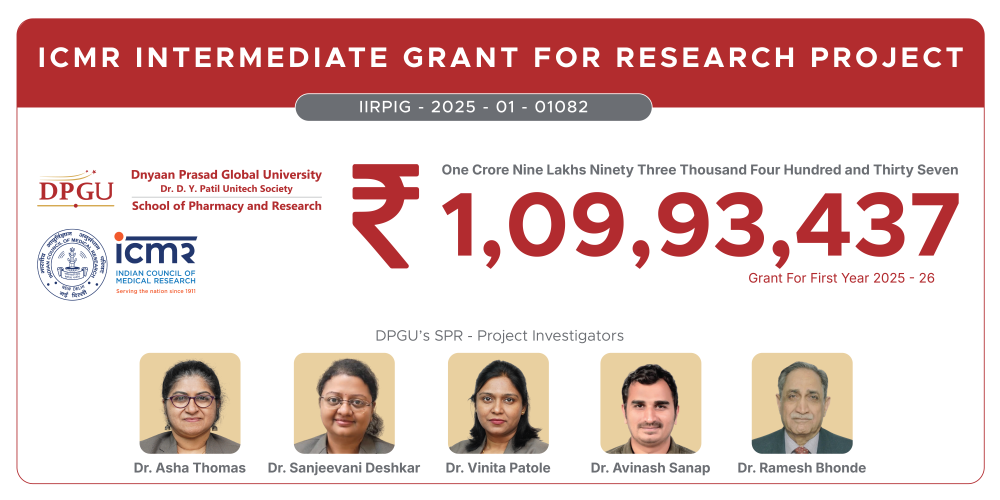Innovations in Palliative Care: A Respite for Asthma Patients
May 07, 2019 | Tuesday | Features
With innovations in healthcare driving the change in treatment of diseases, biomedical researchers have developed Bronchial Thermoplasty (BT) to better manage the symptoms of severe asthma.
image credit- draxe.com
With breathlessness and cough spiking due to deteriorating air quality and rising pollution, airway diseases like asthma are affecting the old and the young cohort alike. In India alone, an estimated 30 million people suffer from asthma and find themselves dependent on corticosteroid inhalers which are considered a one-stop-solution to managing symptoms like coughing, wheezing, chest tightness and difficulty in breathing, etc. However, what most patients may not know, is the “kind of asthma” they might be suffering from. Where most people confuse difficulty in breathing to be asthma and even pulmonologists relying on inhalers alone to treat its symptoms, there exists a significant roadblock in understanding the disease profile in its entirety. Take for instance, around 1.6 lakh asthmatics are suffering from drug-resisting asthma, a stage classified as ‘severe asthma’. In the case of these patients, asthma attacks are recurrent, and the symptoms may persist for the whole day and night. Nearly 5-10% of all asthmatic patients are severely asthmatic and do not benefit from drug-based corticosteroids. Hence, it is critical to understand that severe asthmatic patients need advanced care and cannot depend on corticosteroid inhalers alone to lead a better quality of life.
With innovations in healthcare driving the change in treatment of diseases, biomedical researchers have developed Bronchial Thermoplasty (BT) to better manage the symptoms of severe asthma. Let us understand the magnitude of steroid resistant asthma (severe asthma) along with the possible ways of treatment to reduce the recurrent asthma attacks and numerous hospital visits.
Know Your Asthma Better: Symptoms, Diagnosis, and Treatment
While sneezing, wheezing, cough, and shortness of breath are some of the symptoms associated with asthma, the treatment options vary on the nature of the disease. Generally, childhood asthma is "extrinsic" and develop as a result of documented allergies to grass and weed pollen, particulate matter etc. It can be managed with the help of corticosteroids inhalers. However, adult-onset asthma, which develops after the age of 30, remissions from childhood asthma into a respiratory tract infection. Intrinsic asthma demands dedicated care since the symptoms are often chronic and vary from one season to another. Severe asthma, for instance, is not just restricted to swollen airways; it’s also a result of comorbid conditions like obesity and sleep apnea. People with higher body mass index are more prone to asthma, in part because of the systemic and localised inflammation of the airways. “Not just inflammation of the airways, people with higher BMI suffer from hyperresponsiveness— a higher-than-normal response to an allergen, in the airway muscle. The condition causes the airways to narrow, obstructing ease of breathing, and can occur when the muscles contract or begin to spasm”, explains Dr Harikishan Gonuguntla, Interventional Pulmonologists, Yashoda Hospital, Hyderabad.
Severely asthmatic patients tend to develop a higher risk of drug resistance (corticosteroids therapy) and decreased disease control. The situation requires you to consult a pulmonologist and understand the possible treatment options.
From newer molecular targets designed to control an erratic response of an allergen to injectable agents such as immunoglobulin resulting in 50% reduction in the frequency of severe exacerbations, we have come a long way in helping patients lead a better quality of life. However, there is a section of patients who do not respond to either of these treatment options. In this case, Bronchial Thermoplasty — a minimally invasive, advanced treatment procedure, helps reduce asthmatic attacks is patients with severe, uncontrolled asthma.
“Using a thin catheter (a thin instrument that gives heat energy) is introduced to the patient’s airway through a bronchoscope. The catheter is pushed to the end of the airway to reduce expanded smooth muscles. The process is withdrawn after every 10 seconds from the airway to slowly heat up the area and contract the muscles. As the airways broaden, it becomes easier to breathe, reducing severe asthmatic attacks”, explains Dr. Dr R Narasimhan, Interventional Pulmonologists, Apollo Greams Road, Chennai.
Even though BT is not a 100% cure for severe asthma, the technique has helped bring down the dependence on oral steroids and multiple hospital visits. It offers hope for patients who otherwise have no respite from the upsetting effects of the condition—isolation, stress, frustration and living in the fear of their next attack.
Hence, before asthma causes irreversible damage to your airways, it is time to educate the masses on the need for understanding the various kinds of asthma and exploring possible treatment options. While we witness a surge in pollution levels and thereby the number of asthma patients, the growing effort in severe asthma research and the development of newer treatments like BT give hope of a better quality of life to patients.










